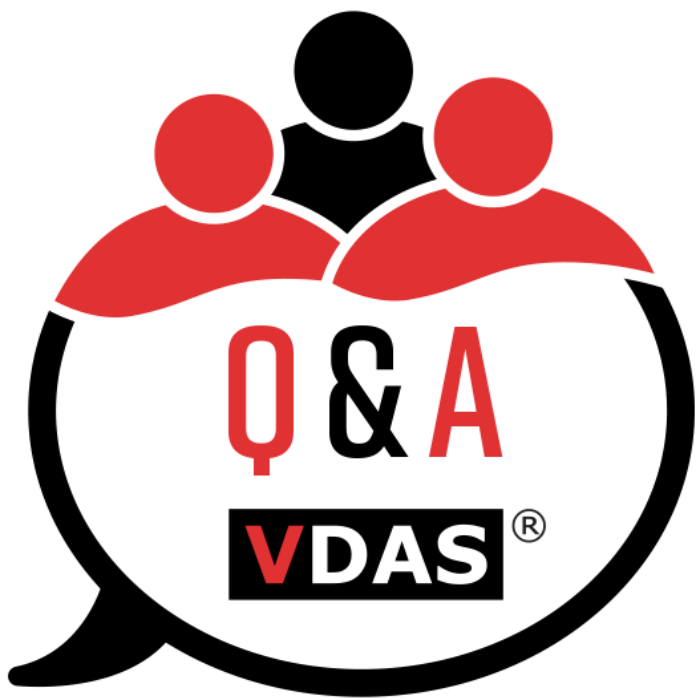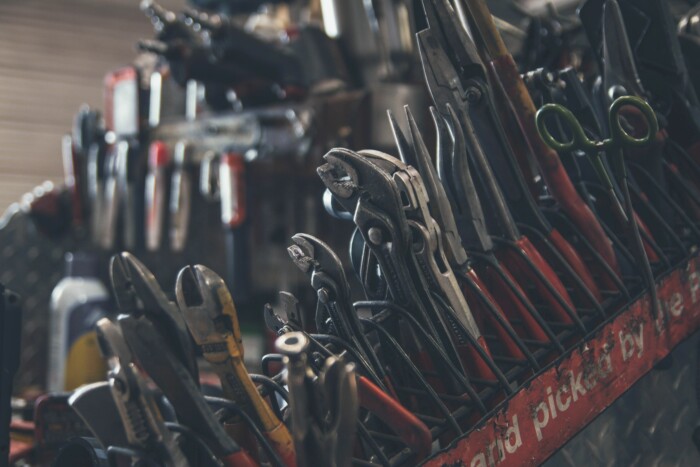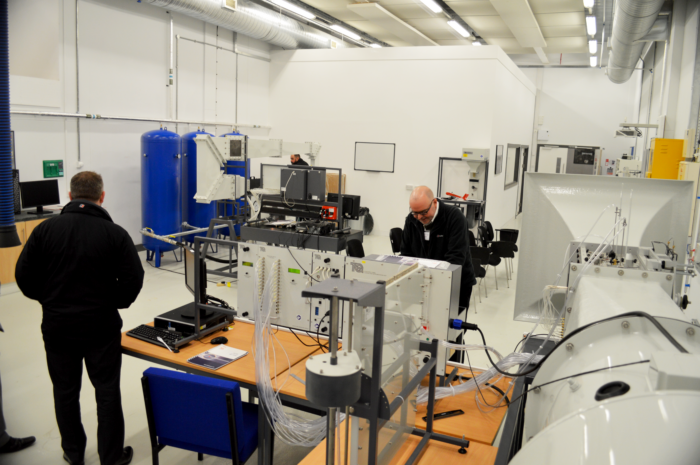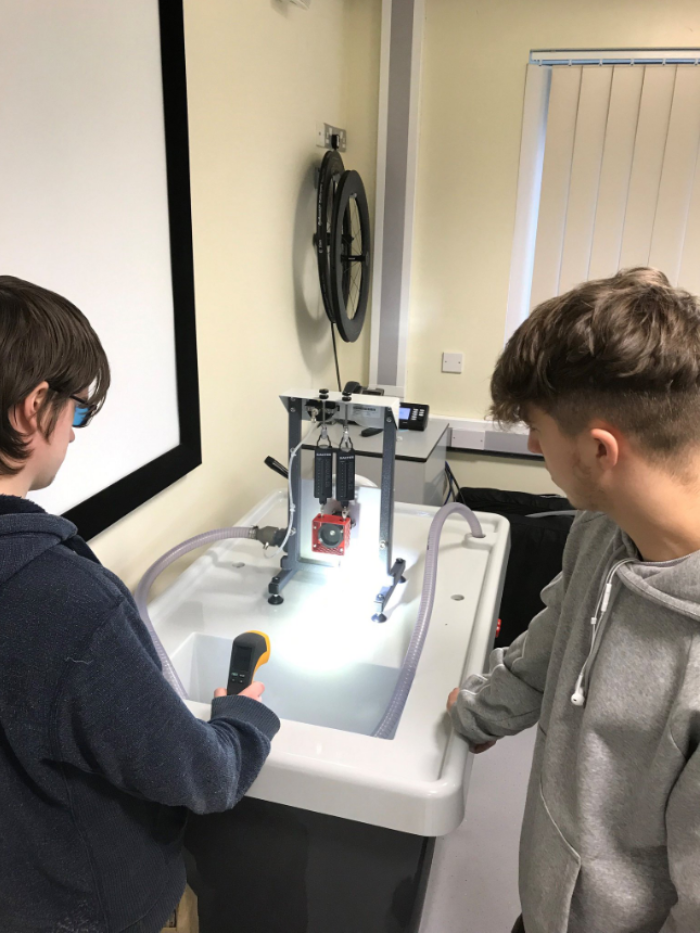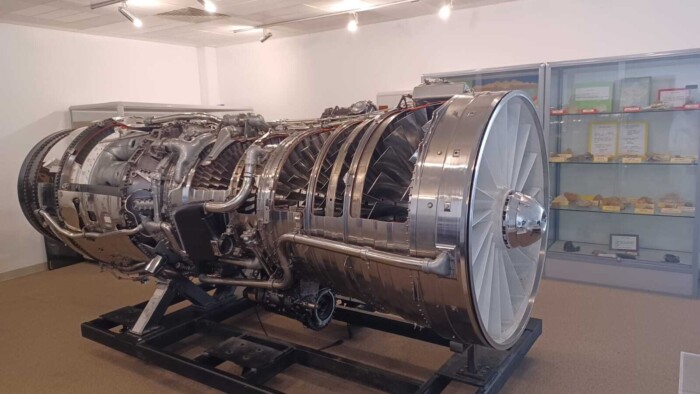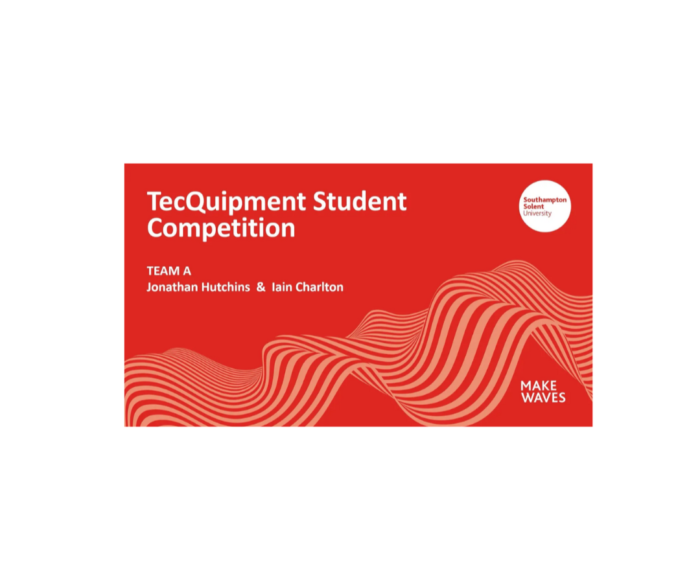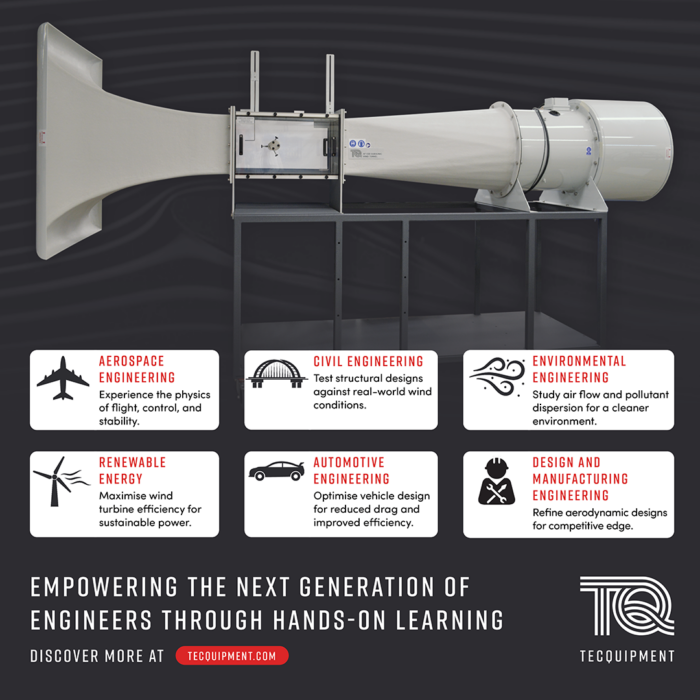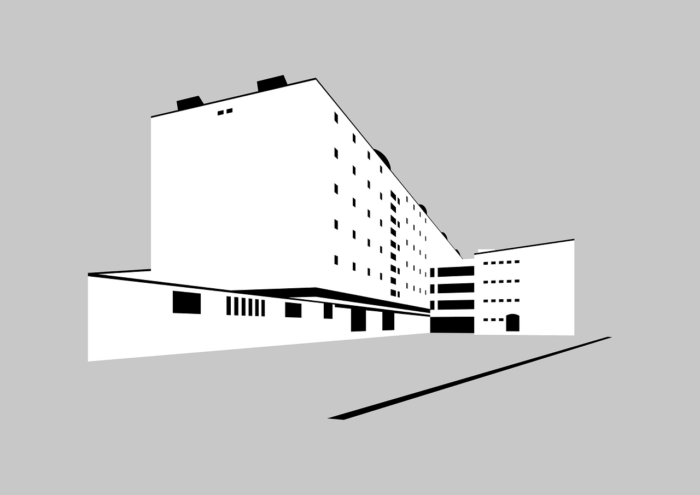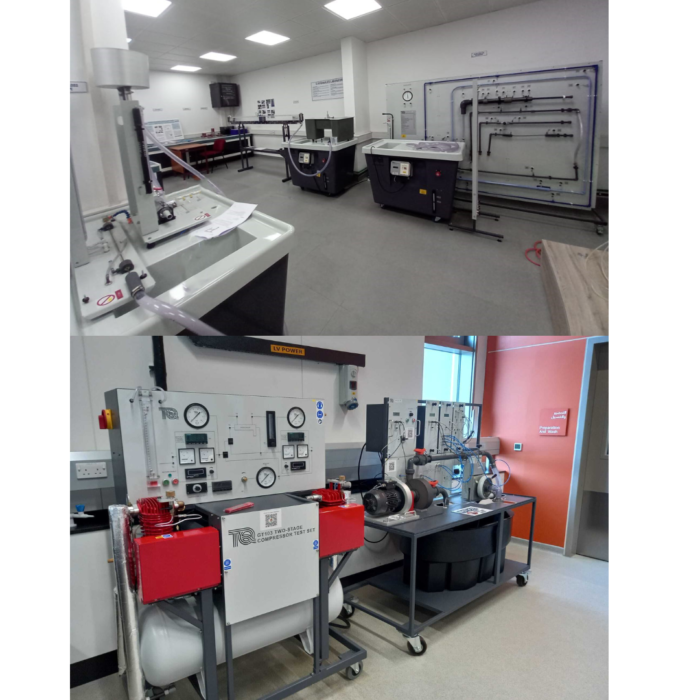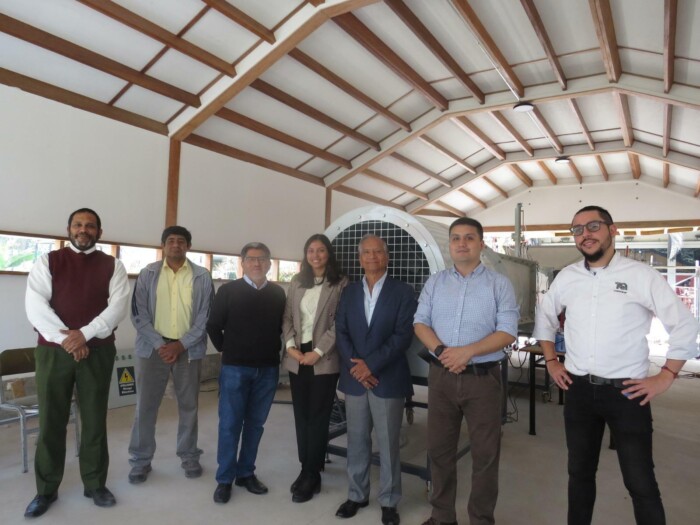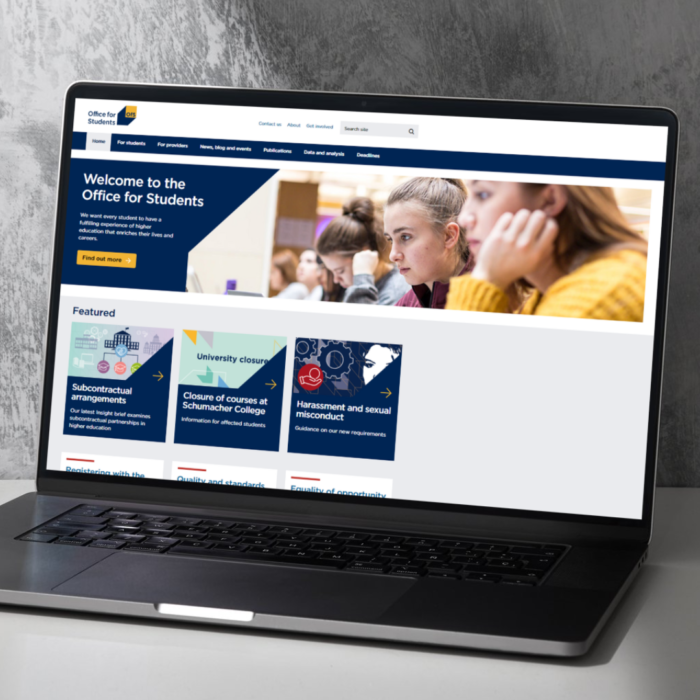We’ve selected the top 20 engineering basic principles that you need to know if you want to pursue a career as a Mechanical Engineer in the Space Industry, covering control, aerodynamics, materials, structures, theory of machines, thermodynamics, HVAC and solar energy.
Click on each item to learn about the practical teaching apparatus available for hands-on learning on the topic.
- Gyroscopes to maintain a fixed orientation. The International Space station has four of these for stabilisation. Space telescopes also use these to precisely orientate and maintain position in space fighting against small but detrimental forces of gravity and photons from the sun.
- Centrifugal force to understand how to create artificial gravity in space. Great example of this can be seen in this scene from Interstellar https://www.youtube.com/watch?v=87zCgfIccXM
- Static and dynamic balancing to understand the balancing involved of an object in motion and switching between positions. Thrust vectoring during launch and manoeuvring in space.
- Free and forced vibrations because there will always be vibrations to contend with! Designing around the natural frequency of the spacecraft to ensure it doesn’t become excited beyond material limits. Understanding vibrations during high load scenarios such as launch and using components which limits exceed these levels.
- Understanding single and dual fuel systems and the controlled required for optimum performance.
- Supersonic aerodynamics for high-speed launch and travel into space.
- Materials: tensile strength, shear force, and bending moments for the correct materials selection. The launch is critical, as it is the point at which the rocket or shuttle experiences maximum mechanical stress AKA Maximum Dynamic Pressure (Max Q). Due to fuel/ weight constraints safety factors are in the region of only 10%, so understanding material limits is critical.
- Understanding the stress and strains on a Thin Cylinder, an element of a spacecraft fuselage under pressure to maintain and support life on-board. This pressurised environment allows crew to take their space suits off to live a “fairly” normal life! Also critical for high-pressure fuel/ oxygen tanks.
- Effect of pressure on the surface profile of a diaphragm to understand the design considerations for the nose of a spacecraft.
- Bending moments and shear force of structures.
- Natural Convection and radiation for understanding how heat transfers differently in a vacuum (space). The inverse square law of radiation explains why satellites designed to travel far beyond our sun use a different power source than solar panels, instead, radioactive sources are used.
- Unsteady state heat transfer to bodies of different shapes and an understanding of their thermal conductivity for the design of components and choice of materials.
- Principles of linear heat conduction and thermal conductivity for a deeper understanding of how different materials conduct heat.
- Thermal conductivity of liquids, particularly in relation to the fuel used (liquid oxygen, liquid hydrogen etc.)
- Laws of radiant transfer from heat and light sources such as the Inverse Square Law, Stefan-Boltzmann Law, and Kirchhoff’s Law.
- The BepiColombo mission to Mercury provides a great example of why this is important. On the sun-side of the planet the space craft has to withstand temperatures of several hundred degrees, in contrast to the other side of the planet that is minus several hundred degrees. Designing for this thermal shock is critical. As is considering the most effective heat resistant tiles to use underneath a craft for the point of re-entry into the earth’s atmosphere.
- Fundamentals of air conditioning.
- Refrigeration stages and influencing variables.
- Managing the entire HVAC & R system onboard a vehicle or space station.
- Principles of humidity measurement.
- Different types of solar energy harvesting, including photovoltaic cells, flat plate solar collectors and focusing solar energy collectors.
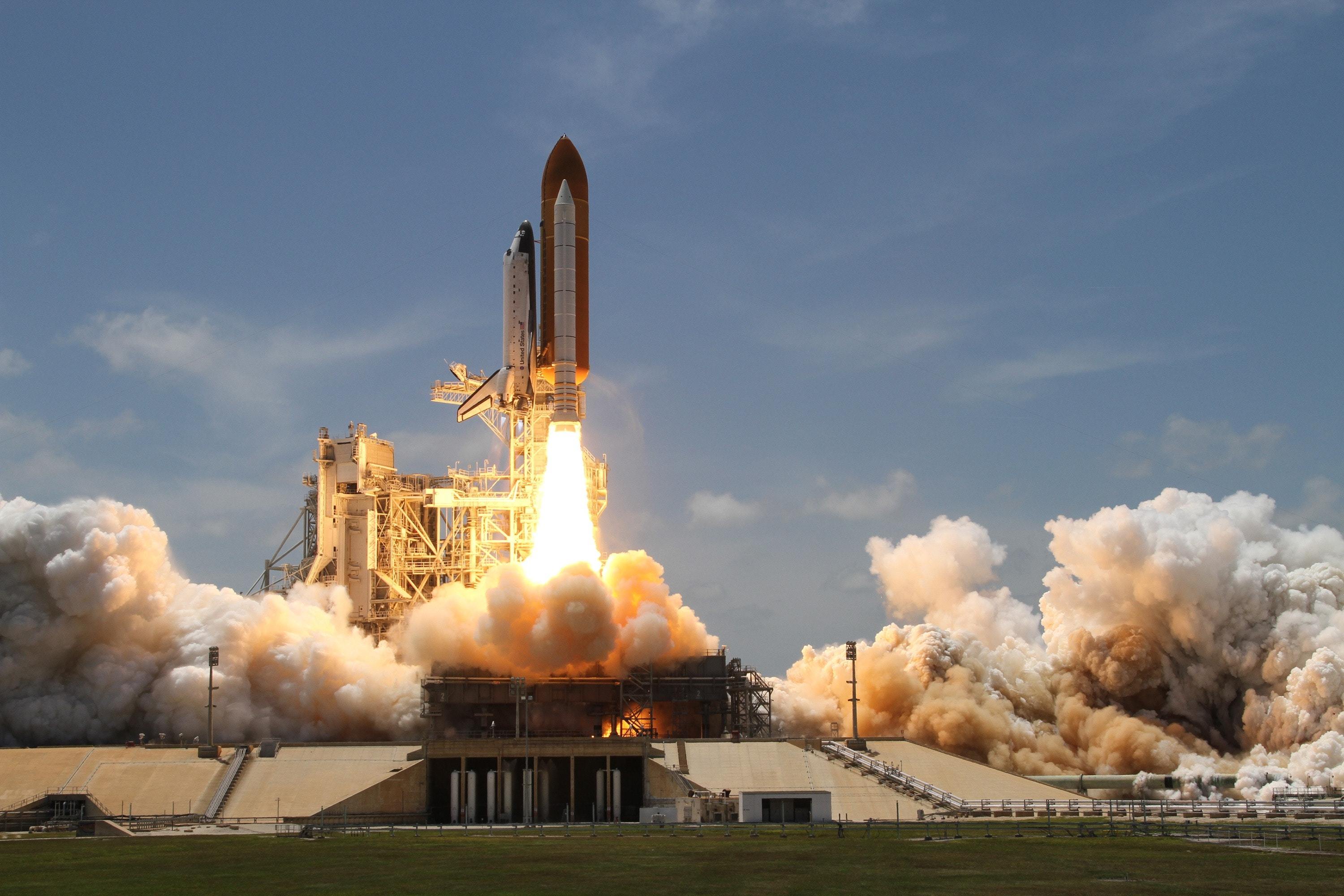
Jobs in Space
If you’re an American Citizen and you want to go and work at NASA as a Mechanical Engineer, here’s an article that provides some top tips, with ingenuity being cited as the no.1 thing they look for in Mechanical Engineers. But we’re pretty sure you’ll need to know about all the above as well.
We hope you found this blog post useful. If you want to read more like this and get regular news from TecQuipment you can join the mailing list by filling out a form here.



